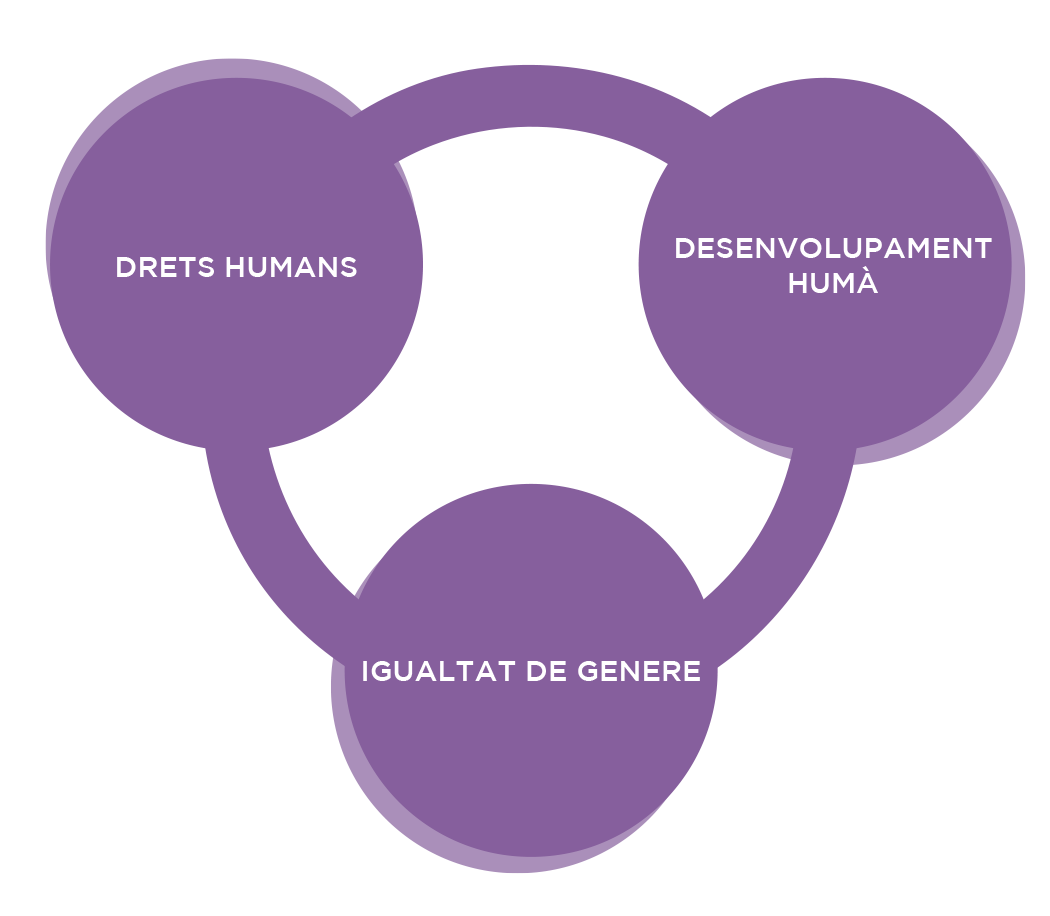Concept
The Gender Equality Seal is an international certification and also a process of continual improvement that allows the implementation of a management system to recognize and certify the political and strategic commitment of the municipal government in favor of effective equality between women and men in its management and governance as well as participating in a constant and progressive advance towards equality.
The Gender Equality Seal is elaborated by the Forgender Seal Association, and it is designed in accordance with national regulations and international mandates and treaties concerning women’s human rights, human development, cities, and climate change (2030 Agenda and New Urban Agenda).
The certification, called SG City 50-50, helps transparency and accountability to citizens. In addition, it makes available to the municipalities tools that favor the integration of gender perspective in the policies and actions of the local administration.
Including the gender perspective in municipal policies is the challenge and that is why we have worked to create a very inductive, easy certification process that responds to the needs of the municipality.
We have worked with the Institut Català de les Dones and the Direcció Insular d’Igualtat (Consell de Mallorca) [Catalan Institute of Women and the Insular Direction of Equality] to create a new tool that helps to promote local policies with a gender perspective.
– The certification process integrates a methodology aimed at achieving results in favor of gender equality. It promotes and faciliates the design, application, and monitoring of public policies with a gender perspective. At the same time, it promotes specific policies in favor of women’s rights.
– It shows a recognition of the efforts and achievements made by the municipalities.
– It facilitates the identification of their potential and their limitation in order to manage them more effectively and efficiently in favor of equality.
-It represents an opportunity to measure the level of improvement of each city, differentiating in each case the effort and resources invested without losing sight of the level of ambition pursued.
– It establishes a rigorous evaluation mechanism with measurable criteria and indicators based on international and national norms of women’s rights and gender equality.
– It provides objective information, giving an added value to the commitment acquired by the municipal government, and allows the citizens to evaluate the performance of a specific municipality or the global progress in the territory as a whole.
Who is the Gender Management System For?
It is applicable to all municipalities and cities of the world, of any size, that seeks to reduce gender inequalities and to enforce and comply with legislation on equality. The Standards has been adapted to the territorial diversity of the cities, by establishing a classification based on their population.
The municipalities have been split up into three sections:
First Section Municipalities: It includes municipalities with a population of up to 5,000 inhabitants.
Second Section Municipalities: It includes municipalities with a population of 5,000 to 20,000 inhabitants.
Third Section Municipalities: It includes municipalities with a population of more than 20,000 inhabitants. The Standard differentiates municipalities with more than 100,000 inhabitants within this section as well.
The requirements, criteria, and punctuation established correspond to the classification mentioned.
Framework
In order to set up the gender equality management system, international mandates and treaties on women’s rights, human development, and the 2030 Agenda have been considered, as well as national and European legislation on effective quality between women and men. Additionally, three basic concepts have been contemplated that all public policies or actions must have:
First, we have three essential pillars that are related and interdependent: human rights in their broadest interpretations, human development, and gender equality.
- The second concept is the indivisibility of human rights; whether they are civil, cultural, economic, political, or social rights. All of them are inherent to the dignity of every human being and consequently, they all have the same status and cannot be hierarchized. They are also interdependent and interrelated because the exercise of a right depends on the full exercise of other rights.
- Third, it is necessary to incorporate the analysis of multiple discriminations that affect the need for public policies to provide an effective response to the diverse reality of populations and their contexts, because they are not static or homogeneous factors. The discrimination that affects people are related to gender, race, class, age, disability, sexuality, origin education level, situation, and economic condition, among others.


Characteristics
- Updated and Objective: It is based on the commitments established in the regulations on gender equality, women’s human rights, and human development.
- Aligned: It is a management system that is developed from the gender equality policy plans and equality plans for women and men in the public sector of each municipality.
- Useful: Generates institutional competencies so that gender equality can be comprehensively addressed in local government actions.
- Dynamic: Object of a continuous improvement that incorporates new areas of management, criteria, and indicators to adapt to changes and to the context of local entities.
- Transparent: The commitments assumed, the evaluation obtained, and the certification will be published and disseminated by the local government and will be accessible.
- Flexible: It considers the diversity of cities by establishing different criteria to design their own Commitment Plan according to their capacities and resources.
- Independent: Verification of compliance with the proposed criteria will be carried out through accredited certification entities.
- Recognition: The local government that passes the evaluations obtains the Gender Equality Seal.